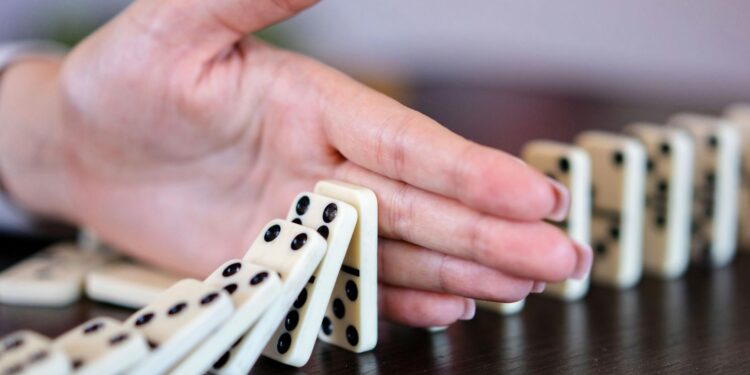Dominoes is a classic game of matching tiles that has connected people for generations. Its straightforward rules and potential for thoughtful strategy have made it a favorite in homes and communities worldwide. This guide is designed for beginners who want to learn how to play dominoes for the first time or for anyone needing a quick refresher on the most common version, the Draw game. Many online resources, such as https://play-domino-online.com/, offer further information on game variations and strategies. We will cover everything you need to know to get started, including the components of a set, how to set up, the rules of play, and how to win.
The Foundation: Understanding the Game and Setup
Before playing, it’s important to familiarize yourself with the basic components and the steps required to prepare the game.
What’s in a Domino Set?
A standard “double-six” domino set contains 28 rectangular tiles. Each tile is divided into two squares, with each square marked with a number of dots, called “pips,” ranging from zero (a blank) to six. Tiles with matching numbers on both ends are known as “doubles,” such as a double-six or a double-three. The unique combination of pips on each tile is the core of the game’s mechanics.
Setting Up Your First Game
To begin, all tiles are placed face-down and shuffled thoroughly to create a stockpile known as the “boneyard.” From the boneyard, each player draws their hand. In a game with two, three, or four players, each person typically draws seven tiles. The remaining tiles are left in the boneyard and are used during play. Players should keep their tiles concealed from their opponents.
How to Play Dominoes: The Core Rules

Once the game is set up, play can begin. The objective is to be the first person to play all the tiles from your hand.
Starting the Round
Traditionally, the player holding the highest double tile (the double-six in a standard set) plays it first to start the game. If no player has the double-six, the player with the next-highest double (double-five, double-four, etc.) begins. If no one has a double, the player with the “heaviest” tile, meaning the one with the most total pips, may start the first round.
Playing Your Turn
After the first tile is played, players take turns in a clockwise direction. On your turn, you must play a tile from your hand by matching the number of pips on one end of your tile to an open end of the domino chain on the table. For example, if a 5-3 tile is on the board, you can play a tile that has either a 5 or a 3 on it. If a player cannot make a legal move, they must draw one tile from the boneyard. If that tile can be played, they may do so immediately; otherwise, their turn ends.
Winning the Game: Scoring and Objectives
Knowing how to end and win a round is key to completing a full match.
How a Round Ends
A round concludes in one of two ways. The most common way is when a player successfully plays the last tile from their hand, at which point they should declare “Domino!” to signal their victory for the round. A round can also end if the game becomes “blocked” or “jammed,” which occurs when no player can make a legal move.
Determining the Winner
In a blocked game, all players count the total number of pips on the tiles remaining in their hands. The player with the lowest total score wins the round. Typically, a full match of dominoes is played to a predetermined score, such as 100 or 150 points. The winner of each round scores points based on the pips left in their opponents’ hands.














Discussion about this post